Do You Have a Balance Sh💩t?
In financial planning, one of the most important topics we review and track is a household’s balance sheet. You might think that the balance sheet belongs in the realm of business along with the income statement and is not relevant to personal finance. But in reality, a balance sheet is applicable to just about anyone and gives great insight into the state of your finances.
Our personal balance sheet is simply a picture of our current net worth; hence the words are often used interchangeably. Net worth is calculated as follows:
Add up your assets (i.e., everything that you own): monies in checking, savings, investment and retirement accounts, cars, real estate, furniture, electronics, etc. (basically anything that you can sell/get rid of to get cash)
Subtract your liabilities (i.e., everything that you owe): credit cards, personal loans, student loans, mortgages, etc.
That’s it. Easy peasy. Second grade math. And the picture can be as something as simple as this:
Yet most people don’t take time to create balance sheets because they think net worth is calculated with complicated formulas and forecasts. That results in many households not knowing their net worth and the implications—good or bad—that it conveys.
Why would anyone care about knowing this information? Well, one of the primary goals of financial planning, investing and many other financial decisions we make is to increase our net worth. That’s because net worth is a very good gauge of how close (or far) we are to achieving financial freedom. The larger our net worth, the easier it is to say “F*ck it, I’m out of here” and be able to live off it.
Let’s use the numbers above. Even though the household has assets that total close to a million dollars, they also have liabilities of about half a million. So, selling everything and paying the debt would net them just north of $400,000. Nice to live off for a few years but hardly enough for a 20+ year retirement. But if that net worth were a million or several million, then complete financial freedom is certainly possible.
In reality, most people won’t just sell everything and move to Ecuador with a pile of cash. Instead, they’ll consume their assets in a variety of ways. Some assets will be “physically” consumed like living in our homes and driving our cars. Other assets (e.g., retirement accounts) will be converted into cash and spent. Our goal, then, is to figure out how much our version of financial freedom will cost and build net worth that will cover it, all while balancing our current needs and wants. (No pressure, right?)
Increasing net worth involves increasing assets, lowering liabilities, or both. This is where the cash flow statement (another business financial statement that is also applicable to personal finance) comes into play. I’ll discuss the cash flow statement in a future post, but suffice to say that the goal is to intentionally direct our inflows and outflows to the appropriate categories that will increase our net worth.
A word of caution: a balance sheet is only one piece of the puzzle to know a household’s complete financial picture. That’s because the balance sheet doesn’t tell you information like your savings rate, if you’re over- or under-insured, or even the “quality” of the assets and liabilities that make up the net worth. It’s very possible that two households have the exact same net worth but are on very different financial trajectories. Let’s use an example to showcase this.
Let’s suppose that Household A holds the same amount of assets and liabilities as above but with the following rates of return and interest rates, respectively.
Yes, that’s a negative number in an asset’s rate of return because (surprise, surprise) cars go down in value. In this case, A’s assets are producing a weighted-average return of 3.69% but the liabilities are costing a weighted-average 7.34%. I can tell you that, sadly, these assumptions are not too far off from some that I’ve seen in the past. Even though A has almost twice as many assets as liabilities, this balance sheet has a net cost of $2,000. The take-away is this: carrying lots of high-interest debt and holding low-yield assets, regardless of your net worth, is a recipe for a balance sh💩t. Don’t be this household because it stinks (pun intended). Your net worth is continuously decreasing but your positive net worth is masking the odor (pun intended) because it’s not giving you the full picture.
Now let’s turn to Household B.
Here, B’s assets are producing returns well above the cost of the liabilities. And this effect is enhanced by having more assets than liabilities. This is the point where you’re making money even while you sleep. And it just keeps compounding. This is what we call a fortress balance sheet.
So there you have it. A balance sheet is a powerful tool in understanding your financial position and your proximity to financial independence. But it’s not the only one. We’ll discuss other tools in future posts, so stay tuned. In the meantime, it’s probably a good idea that you figure out where in the balance sheet/sh💩t spectrum you are. If yours smells a little foul, reach out. We have lots of experience taking care of business (pun intended).
Ready to take the plunge (sorry, last pun)? Click below to schedule a free 15-minute intro call to learn more about the state of your balance sheet.




